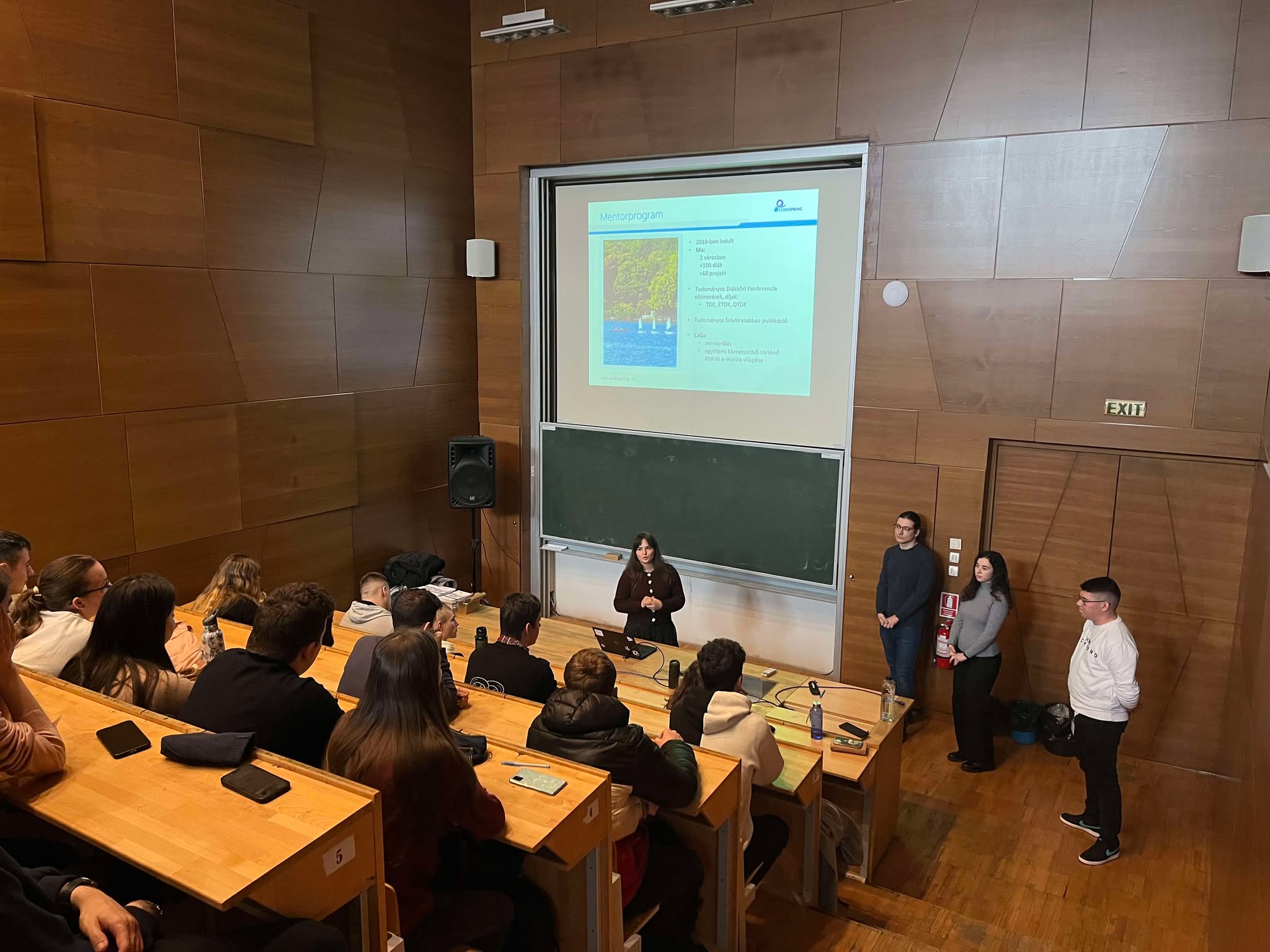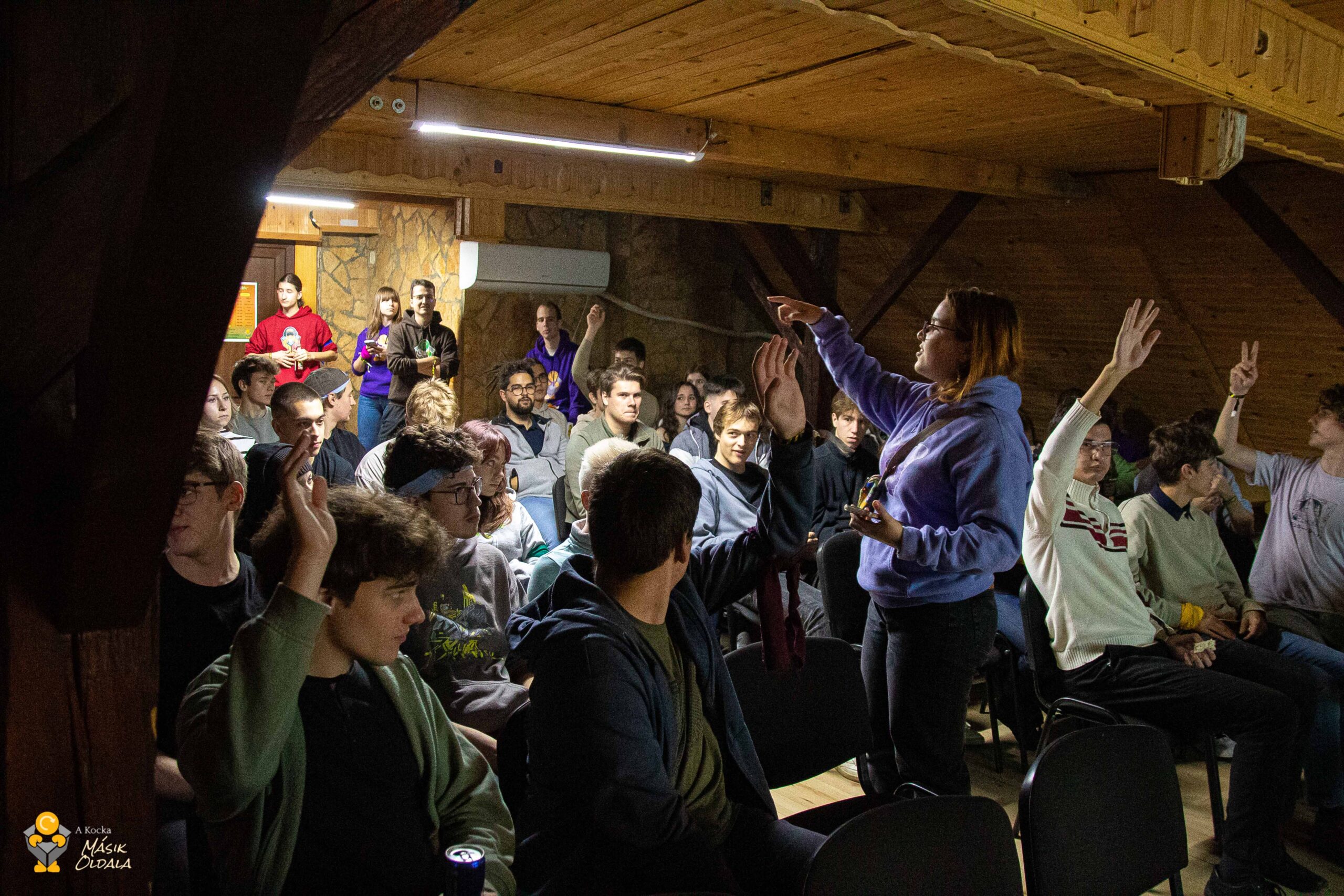
Once your decision has turned towards Eastern Europe, one might consider Romania as a viable offshoring location. In Romania, the decision will swing between various cities. As for each location, the chances of success grow when the offshoring process is being well prepared. When Cluj gets on the discussion table, we have a suggestions about the way in which it should be handled.
In order to offshore to Cluj your software development projects there are some steps to follow. As with any new location, to offshore in Cluj-Napoca it will imply mapping the territory and finding the right partners. Even if the offshore landscape in Cluj is quite diverse each company or investor has to find the perfect match. For that, we encourage you to follow a clear process and to set your priorities well.
Target: offshore software development to Cluj-Napoca
Rationale: improving cost/efficiency rapport
Strategic posture: customer / partner / investor
Steps to follow:
1. Explore
- Read, document and inform your team about Romania, Transylvania, Cluj-Napoca;
- Analyze the city and its evolution, the main ITC players and other industries major players;
- Compare near shore strategy with offshore strategy;
- Make a list of prominent provider and other potential providers;
2. Check it yourself
- Ask for concrete quotations and compare the way each provider responds to your requests;
- Draft a shortlist based on the received answers;
- Book your visit to Cluj-Napoca and potential providers;
- Set enough time in order to have relevant discussions with each team;
- Experience the culture;
3. Take your time to understand
- When you get back to your office, think and organize all the collected data;
- Analyze differences and similarities;
- Try to project a future collaboration and what would be its main pros and cons;
4. Take action
- Decide to make a test project;
- Enroll the provider(s) that best suited your expectations;
- Define agreement and quality metrics;
- Start the project
5. Fine tune and Control
- Set responsibilities, software development methods, team collaboration, HR, infrastructure;
- Set reporting process;
- Foresee and project risks and potential deviations; anticipate corrections;
- Evaluate the output (by stage).









